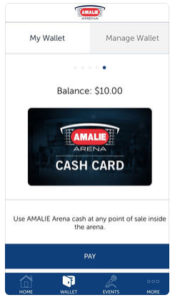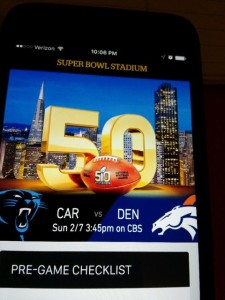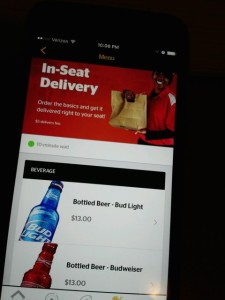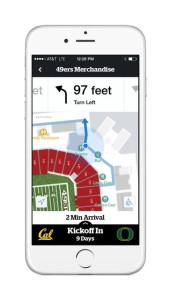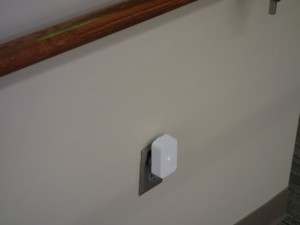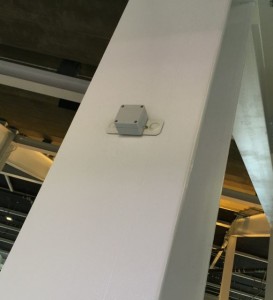The new app, available for iOS and Android devices, is the first tennis-venue app for YinzCam, whose market-leading list of customers is mainly in U.S. professional sports, including the NHL, the NFL and the NBA. Reflecting YinzCam’s historic excellence in providing content to mobile apps, the BNP Paribas Open app will include biographies and photos for the more than 200 women and men players from the WTA and the ATP World Tour. According to YinzCam, the app will also support live scoring and real-time match results.
Probably one of the more important features to fans at the Indian Wells Tennis Garden, the tournament’s host venue, is the interactive map, which provides information on food and beverage options as well as other services (restrooms, ticket offices, etc.) as you scroll through the map. YinzCam said the app also has a chatbot to answer questions, though when we tried asking it “will Roger Federer win?” it asked us to rephrase the question because it didn’t understand.
As previously reported by MSR, the Indian Wells Tennis Garden is well covered for Wi-Fi with a network using gear from Ruckus; apparently, the new app replaces the previous app developed by The App Company of Palos Verdes Estates, Calif.

